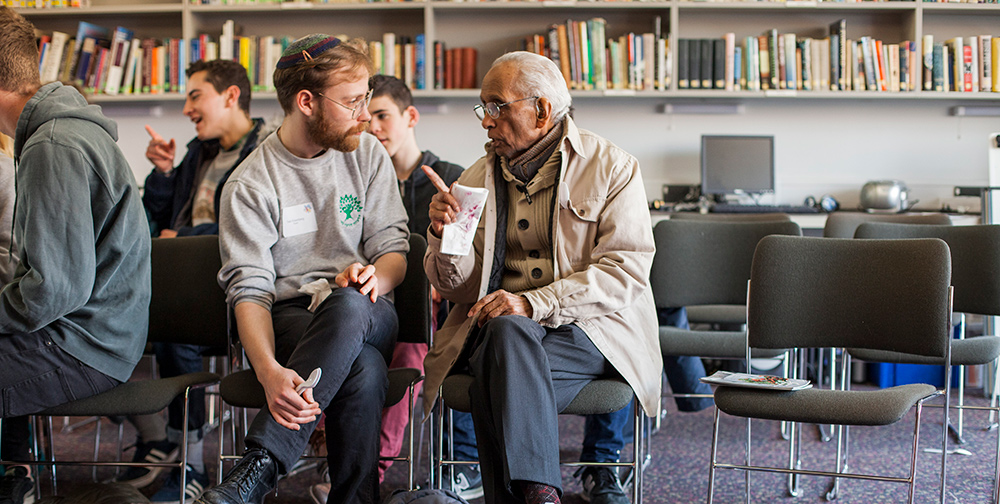Shemot

Our tradition of naming books of the Torah by their first significant word sometime works well – Bereshit, ‘In the beginning’, and Bamidbar, ‘In the wilderness’, are good one-word summaries. Shemot, ‘Names’, is not. The Greek ‘Exodus’ is much more descriptive. This first sedrah of the book of Names sets out the backstory of that Exodus and introduces the main players, Pharaoh, Moses, Aaron and Miriam, but the family relationships are far from clear. We are introduced to Moses in Chapter 2 as the son of an anonymous Levitical family, who is named by the unnamed Pharaoh’s unnamed daughter. We don’t learn the names of Moses’ parents until next week’s sedrah. Aaron is first mentioned in Chapter 4, at the burning bush, when God asks Moses “Is there not Aaron, your brother the Levite?” – an odd construction that could mean Aaron is a fellow Levite, not a sibling. When Miriam is finally named, in Chapter 15, she is described as Aaron’s sister, not Moses’. For a book called Names, they really aren’t front and foremost in Shemot.
Before Moses’ first major meeting with the Hebrew elders, we have three enigmatic verses (4: 24-6) whose meaning is not helped by a lack of names. The meeting, which takes place at night, on the way from Midian to Egypt, is reminiscent of an earlier encounter between Jacob and an angel, also on the road, also at night, and also preceding a potentially difficult meeting (with Esau). In the present story, God, or in some readings an angel, tries to kill him (Moses? or a son?), and his wife Zipporah takes a flint and circumcises her son (Eliezer? Gershom?), flinging down the bloody foreskin at his (?) legs and crying out “you are truly a bridegroom of blood to me”. What is this all about?
In the preceding verses, God tells Moses to warn Pharaoh that Israel is God’s firstborn son, and that Pharaoh’s refusal to let the people go will result in God slaying Pharaoh’s firstborn son. Moses never actually utters these words to Pharaoh, an omission which goes unpunished, but this foretells a dark future where innocent children can be killed for their parents’ faults. It is unclear from the text who is at risk, who is circumcised, and who is saved, but based on these preceding verses, Targum Yonatan thinks it is Gershom, Moses’ firstborn. As Moses and Zipporah travel down to Egypt, they must have been wondering what was to happen to their own innocent sons, and what they could do to protect them from this frightening infanticidal deity.
Blood is central to this episode, and to Shemot. Through the rest of the Exodus story, whether in the river of blood in the first plague or the slaying of the Egyptian firstborn, blood connects to death. Yet for Jews, blood is about life, protection and spirituality. Blood will separate and protect the Israelites on the night of Passover, and Zipporah sheds Gershom’s blood in circumcision to protect his life. This theme is explored in the excellent exhibition ‘Blood’ at the Jewish Museum, which looks at how blood is at the root of our own self-conception as well as anti-Semitic perceptions of Jews. I was struck by a cruel 16th-century German painting of the Circumcision of Christ (celebrated by Christians yesterday), in which the Jewish concept of circumcision as protecting and celebrating life is somehow inverted and becomes a prefiguring of the crucifixion and death of Jesus at the hands of the Jews. Blood is a potent symbol of life and death throughout Names.




